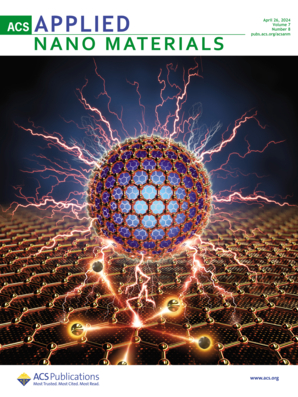虚拟现实作为沉浸式新闻报道的工具
IF 5.5
2区 材料科学
Q2 MATERIALS SCIENCE, MULTIDISCIPLINARY
引用次数: 0
摘要
目的:本研究的总体目标是探索将虚拟现实技术作为沉浸式新闻报道的工具。研究方法:本研究采用桌面研究方法。案头研究指的是二手数据或无需实地考察即可收集的数据。案头研究基本上是从现有资源中收集数据,因此与实地研究相比,案头研究通常被认为是一种低成本技术,因为主要成本涉及执行人员的时间、电话费和目录。因此,本研究依赖于已出版的研究、报告和统计数据。这些二手数据可通过在线期刊和图书馆轻松获取。研究结果:研究结果表明,虚拟现实技术作为沉浸式新闻报道的一种工具,在背景和方法上存在差距。初步实证审查显示,虚拟现实(VR)通过身临其境的故事讲述方式提高了受众的参与度和移情能力,从而极大地改变了新闻业。研究发现,VR 使观众能够亲身经历新闻事件,从而更好地保留信息并加深情感联系。尽管VR技术好处多多,但该研究也强调了其面临的挑战,如情感操纵的道德问题和高昂的制作成本。不过,研究预计,随着技术的进步和价格的降低,VR 将被更广泛地应用于新闻业,并有可能重新定义新闻的报道和消费方式。对理论、实践和政策的独特贡献:媒体丰富性理论、临场感理论和认知负荷理论可用于今后关于使用 VR 进行沉浸式新闻报道的研究。研究建议扩展现有的媒体理论,以纳入 VR 的功能,强调媒体丰富性理论和临场感理论。在实践中,研究建议新闻机构对 VR 技术和培训进行投资,促进跨学科合作,以编写具有影响力的故事。政策建议包括制定道德准则,使 VR 技术更容易获得。研究强调通过交互式 VR 体验提高受众的参与度,并通过全面的指导原则和透明度来解决伦理问题。最后,研究鼓励持续研究和创新,建议与学术机构合作并开展纵向研究,以评估 VR 对新闻业的长期影响。本文章由计算机程序翻译,如有差异,请以英文原文为准。
Virtual Reality as a Tool for Immersive Journalism
Purpose: The general objective of this study was to explore Virtual Reality as a tool for immersive journalism.
Methodology: The study adopted a desktop research methodology. Desk research refers to secondary data or that which can be collected without fieldwork. Desk research is basically involved in collecting data from existing resources hence it is often considered a low cost technique as compared to field research, as the main cost is involved in executive’s time, telephone charges and directories. Thus, the study relied on already published studies, reports and statistics. This secondary data was easily accessed through the online journals and library.
Findings: The findings reveal that there exists a contextual and methodological gap relating to Virtual Reality as a tool for immersive journalism. Preliminary empirical review revealed that Virtual Reality (VR) significantly transformed journalism by enhancing audience engagement and empathy through immersive storytelling. It found that VR allowed viewers to experience news events firsthand, leading to better information retention and a deeper emotional connection. Despite its benefits, the study also highlighted challenges such as ethical concerns about emotional manipulation and high production costs. However, it anticipated that as technology advanced and became more affordable, VR would be more widely adopted in journalism, potentially redefining how news is reported and consumed.
Unique Contribution to Theory, Practice and Policy: The Media Richness Theory, Presence Theory and Cognitive Load Theory may be used to anchor future studies on using VR for immersive journalism. The study recommended expanding existing media theories to incorporate VR's capabilities, emphasizing Media Richness and Presence Theories. Practically, it advised news organizations to invest in VR technology and training, promoting interdisciplinary collaboration for impactful storytelling. Policy recommendations included establishing ethical guidelines and making VR technology more accessible. The study stressed enhancing audience engagement through interactive VR experiences and addressing ethical considerations with comprehensive guidelines and transparency. Lastly, it encouraged ongoing research and innovation, proposing collaborations with academic institutions and longitudinal studies to assess VR's long-term effects on journalism.
求助全文
通过发布文献求助,成功后即可免费获取论文全文。
去求助
来源期刊

ACS Applied Nano Materials
Multiple-
CiteScore
8.30
自引率
3.40%
发文量
1601
期刊介绍:
ACS Applied Nano Materials is an interdisciplinary journal publishing original research covering all aspects of engineering, chemistry, physics and biology relevant to applications of nanomaterials. The journal is devoted to reports of new and original experimental and theoretical research of an applied nature that integrate knowledge in the areas of materials, engineering, physics, bioscience, and chemistry into important applications of nanomaterials.
 求助内容:
求助内容: 应助结果提醒方式:
应助结果提醒方式:


